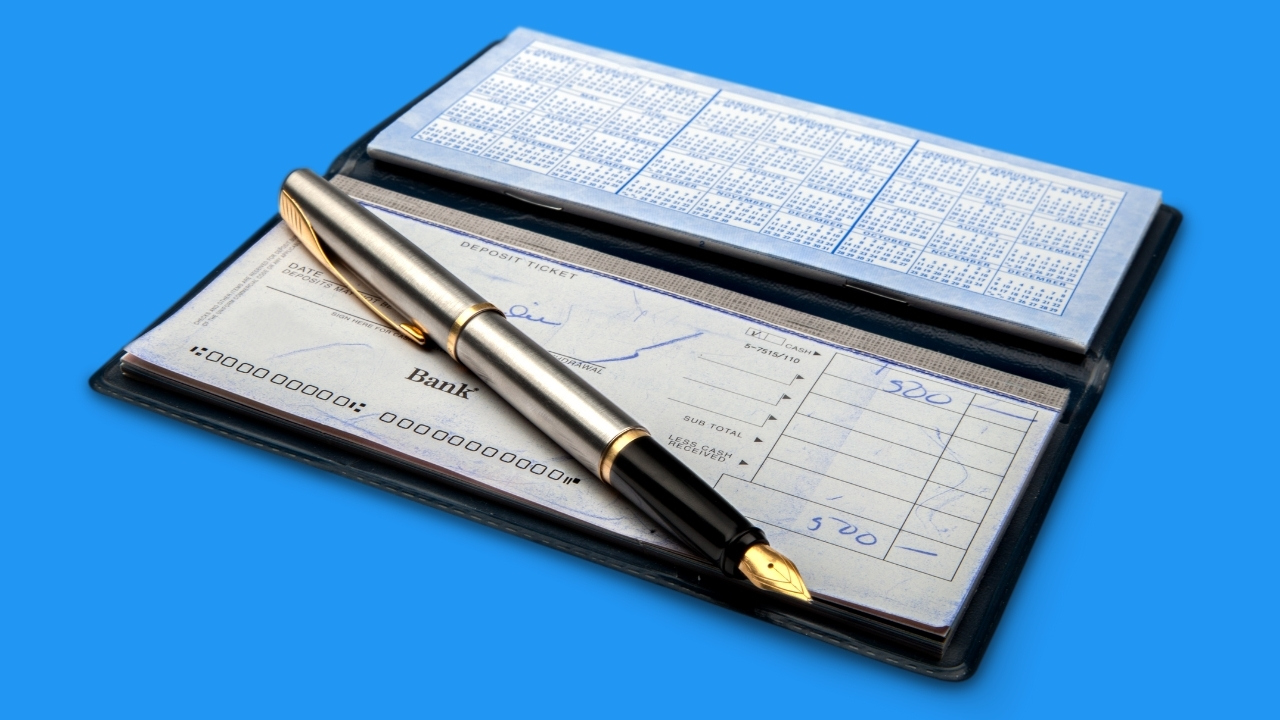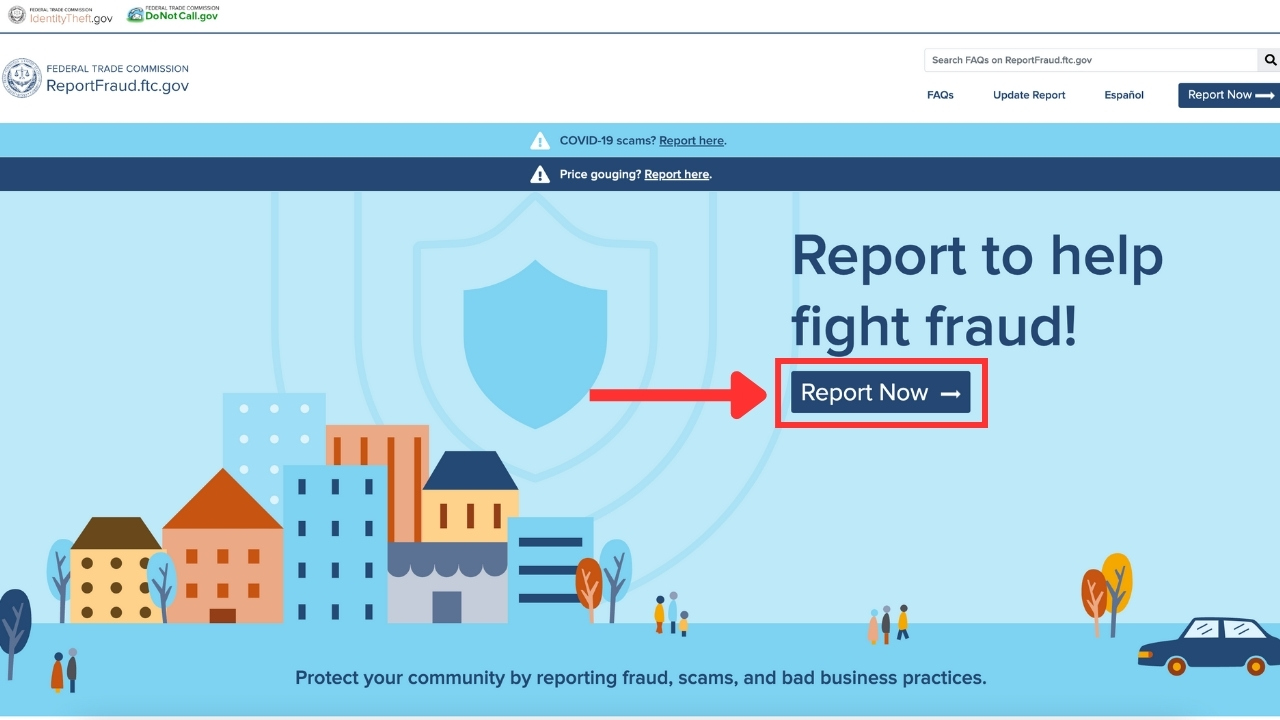Unfortunately, if you’ve received an unexpected check in a UPS envelope, it’s a scam.
Like so many Americans today, I have been targeted by some online crooks who hacked into my UPS account. Some scammer hacked into my UPS account to charge tens of thousands of dollars in overnight shipping charges to send next-day envelopes from various fake companies containing a fraudulent check inside each one. Luckily, I received a notification from UPS about activity in my account, and a few of the envelopes were returned to my address as undeliverable. That’s when I found the checks inside the UPS envelopes totaling over $100K.
My account was charged a whopping $40,000, and still climbing. This is a major scam you should be looking out for so you don’t fall victim on either end. How this UPS next-day check scam works is downright deceptive.
How does this fake check UPS Scam work?
Here’s how this fake check UPS scam plays out. It targets victims through the mail, specifically through UPS. An official-looking envelope, oftentimes sent through UPS Next Day Air, will arrive addressed to you, containing a check made out to your name.
Unless you were expecting a check, this is likely a scam tactic to get you to cash a fraudulent check. If you were to cash that check or deposit it into any of your accounts, you’d likely see it either bounce or, even worse, the amount of money removed your account.
The scammer will send a follow-up mailer saying that you were accidentally overpaid and a portion needs to be sent back. The victim is still happy to receive a $12,000 check for example, gladly mails back a check for $3,000, thinking they are netting $9,000 out of thin air. It’s a trap, and the only good check is the one you sent back to the crook before realizing that their original generous check is not good.
Scammers typically use stolen bank account information to send these fake checks, and their hope is that you deposit it before learning the money doesn’t exist.

Red flags to watch out for
1. Receiving a check out of nowhere
If you receive a check from anyone you weren’t expecting one from, you should automatically be very hesitant about it. There are some cases where you may even be expecting a check, but you should still watch out for some red flags.

MORE: HOW TO PREVENT PHONE SCAMS AGAINST OLDER LOVED ONES
2. Check is for a higher amount than promised
Even if you’re expecting a check from an employer or company, if the amount written on the check is for a higher number than promised, this is a major red flag. Don’t assume you’re in a game of Monopoly and there was a bank error in your favor – even if you were told to just “keep the extra.” Typically, overpayment means the extra money is fraudulent, and you’ll either be contacted to return it or that money will be automatically removed from the account you deposited the check into.
MORE: CHECK WASHING FRAUD IS THE LATEST SCAM AIMED AT YOU
3. Look carefully at who sent the check and through which bank
This may seem obvious, yet you’d be surprised how many people skim over this information. Checking who signed and sent the check and through what institution can sometimes help you easily determine that it’s a fake.
MORE: 3 BIG MISTAKES THAT CAN GIVE SCAMMERS ACCESS TO YOUR BANK ACCOUNTS
How did they get your name and address?
It is possible to become a victim of this scam entirely randomly. However, scammers usually gather your information from other methods where you don’t realize you are walking into a trap.
Common ways scammers will collect your information:
1. Job posting
Scammers often post job listings for “work from home” positions where you’ll sign up for a position like an online mystery shopper, a return shipment processor, or someone on payroll. Be careful when applying to *any* job and confirm it’s a legitimate company before handing over any personal information such as your address.
2. Online auction or sale
If you’re selling anything online, this is a big way a scammer will get your information. If you are selling something, let’s say on Craigslist, for example, and you come into contact with someone who is willing to overpay you or someone who actually does overpay when the time comes, this is usually a sign of a scammer. The money they overpay with will be stolen, and when that money gets returned, whether because of you or the bank catching it as fake funds, it will be taken from your account. Don’t hand out your address to just anyone while doing an online sale – and only accept purchases through Paypal Goods and Services, not check.
FOR MORE OF MY SCAM & SECURITY ALERTS, SUBSCRIBE TO MY FREE CYBERGUY REPORT NEWSLETTER HERE
3. People search sites
People search sites get their information from public records like court documents and voter registration forms. The scary thing is that anyone with a computer can access this information, including identity thieves.
With just a few key pieces of information, cyberstalkers and blackmailers can use people search sites to find out more about you. With this initial piece of information, these crooks may call you pretending to be your bank and win you over by reading back to you some of this initial information. Hoping your guard goes down, they will try to get more personal information out of you to then use to call your bank, reset your passcodes, and take over your financial accounts.
Taking control: removing your information from data brokers
While this may seem worrisome, there is something you can do about it. You can request that data brokers remove your information. You can do this by contacting each data broker site, one by one. However, even if you manage to delete your data from some of the popular sites, there is no guarantee that it will stay deleted. Data broker sites can resell the information you just deleted again and again. This creates a frustrating situation where you have to constantly monitor and update your removal requests. It’s like playing whack-a-mole with your data. Unfortunately, there is no effective regulation or oversight of these sites, so you are left to fend for yourself in this digital jungle. And with hundreds of them in the U.S. alone, it can be a daunting task. That’s where removal services come in.
Invest in removal services
A service like Incogni can help you remove all this personal information from the internet. It has a very clean interface and will scan 195 websites for your information and remove it and keep it removed.
Special for CyberGuy Readers (60% off): Incogni offers A 30-day money-back guarantee and then charges a special CyberGuy discount only through the links in this article of $6.49/month for one person (billed annually) or $13.19/month for your family (up to 4 people) on their annual plan and get a fully automated data removal service, including recurring removal from 175+ data brokers. I recommend the family plan because it works out to only $4.12 per person per month for year-round coverage. It’s an excellent service, and I highly recommend at least trying it out to see what it’s all about.
Use the code: CYBERGUY at checkout to get an exclusive discount – click here.
Check out my top picks for removal services here.
What to do if you receive a check in the mail
1. Do not deposit it
Be sure you don’t learn the hard way if it’s real by depositing it into your account or cashing it. You can use the FDIC’s Bank Find Suite to check if the check was even sent through an FDIC-insured institution.
2. Report it
If you received a fake check through UPS, you can send an example of it to them at [email protected].

Also, report it to the Federal Trade Commission (FTC) at https://reportfraud.ftc.gov.
If you receive a check through USPS, you can report it to the United States Postal Inspection Service by visiting https://www.uspis.gov/report.
Kurt’s key takeaways
If you happen to receive an unsolicited check inside a UPS envelope – it’s 99.9% sure to be a scam. Keep an eye out for red flags, such as receiving a check unexpectedly or a larger amount than expected. Fraudsters often obtain personal or financial details through job postings, online sales, or auctions, so refrain from disclosing any sensitive information. If you suspect that you have been sent a counterfeit check, notify the appropriate authorities and avoid depositing it at all costs. Remember, staying vigilant and informed is crucial in protecting yourself from potential scams and ensuring your financial security.
Have you ever received an unexpected check or payment in the mail? How did you handle it? Let me know in the comments below.
FOR MORE OF MY SCAM & SECURITY ALERTS, SUBSCRIBE TO MY FREE CYBERGUY REPORT NEWSLETTER HERE



23 comments
Thank you, Kurt! Your articles are very good, one of the very few that make sense, and are trustworthy. Did UPS refund you or credit the fraudulent fees?
Thanks Kurt. They did indeed!
A couple of years ago, I answered an ad to be a “mystery shopper” in Canada. I was sent my ‘paycheque’ in advance ( to get started). That piqued my spidy sense. I googled the bank (which was in a different province) and noted the address on the cheque was a bit off. I did not cash the cheque. I want to thank you Kurt for all the information you put on the internet to keep us safe.